Introduction
Abalone, a prized delicacy in global cuisine, has long been celebrated for its tender texture and briny, umami-rich flavor. Revered in high-end restaurants and home kitchens alike, this marine snail demands precise cooking techniques to unlock its full potential. Among the most debated topics among chefs and home cooks is whether to steam abalone using pre-boiling water (a “hot start”) or to begin with cold water (a “cold start”). This article delves into the science, tradition, and practicality of both methods, offering a definitive guide to achieving abalone perfection.
The Science of Steaming: Understanding Heat Transfer
Steaming is a moist-heat cooking method that relies on vaporized water to transfer heat to food. The efficiency of this process hinges on temperature differentials and the properties of the protein structure in abalone. When abalone is exposed to steam, its collagen-rich flesh begins to denature, a process that softens connective tissues and renders the meat tender. However, the rate at which heat penetrates the abalone’s flesh determines the final texture—a factor directly influenced by the starting temperature of the cooking liquid.
Method 1: Steaming with Pre-Boiling Water (Hot Start)
Proponents of the hot start method argue that introducing abalone to high-temperature steam immediately seals in moisture, creating a protective barrier against overcooking. Here’s how it works:
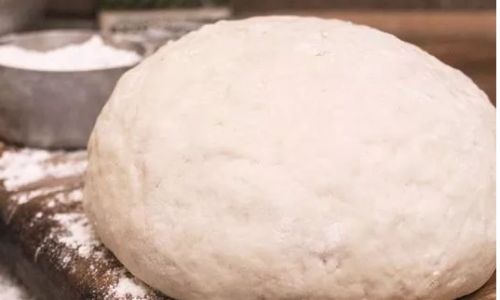
- Process: A pot of water is brought to a rolling boil before placing the abalone (either whole or sliced) in a steamer basket above the water. The high heat rapidly elevates the internal temperature of the abalone.
- Advantages:
- Speed: Cooking time is significantly reduced, often by 30–50%, making it ideal for time-sensitive preparations.
- Texture: The sudden heat can create a slight caramelization on the surface, enhancing flavor complexity.
- Disadvantages:
- Risk of Overcooking: The rapid temperature rise may cause the exterior to toughen before the center is fully cooked, especially in thicker specimens.
- Uneven Cooking: Larger abalone may develop a gradient between the overcooked exterior and undercooked core.
Method 2: Steaming with Cold Water (Cold Start)
Advocates for the cold start method emphasize gentler, more gradual heat penetration, which they claim results in uniformly tender meat. The steps are as follows:
- Process: The abalone is placed in a steamer basket above cold water in a pot. The water is then brought to a simmer, allowing the abalone to cook as the steam temperature rises.
- Advantages:
- Even Cooking: The slow increase in heat ensures consistent doneness from edge to center.
- Tenderization: Collagen breaks down more gradually, yielding a silky texture.
- Disadvantages:
- Longer Cooking Time: This method may require 10–20 minutes longer than the hot start.
- Potential for Sogginess: Prolonged exposure to steam can dilute the abalone’s natural flavors if not monitored carefully.
Culinary Perspectives: What the Experts Say
Chefs and food scientists often align with one method based on their culinary philosophy. For instance:
- Traditional Chinese Chefs: Many prefer the cold start, believing it honors the abalone’s delicate nature. In Cantonese cuisine, where abalone is often braised or steamed for hours, the cold start is seen as a precursor to slow-cooking techniques that maximize flavor absorption.
- Modernist Chefs: Some experimental cooks advocate the hot start, pairing it with precise timing and temperature controls (e.g., sous-vide machines) to achieve edge-to-edge perfection.
- Marine Biologists: Studies suggest that the cold start better preserves the abalone’s nutritional profile, as rapid heating can degrade heat-sensitive vitamins and omega-3 fatty acids.
Factors Influencing Method Selection
- Abalone Size and Freshness:
- Smaller abalone (under 4 inches) may benefit from the hot start to prevent over-tenderizing.
- Larger, frozen-thawed abalone often require the cold start to mitigate texture inconsistencies.
- Desired Texture:
- For a firm, slightly chewy texture (common in sashimi-style preparations), use the hot start.
- For a melt-in-the-mouth consistency (ideal for soups or stews), opt for the cold start.
- Recipe Context:
- If the abalone is part of a multi-component dish (e.g., stir-fries), the hot start ensures it cooks quickly without overcooking other ingredients.
- In standalone presentations (e.g., steamed abalone with garlic butter), the cold start allows the meat to shine.
Step-by-Step Guide to Both Methods
Hot Start Steaming
- Preparation: Clean the abalone, remove the viscera, and lightly score the flesh to promote even cooking.
- Boil Water: Fill a pot with 2–3 inches of water and bring to a rolling boil.
- Steam: Place the abalone in a steamer basket, cover, and steam for 5–8 minutes (adjust for size).
- Rest: Remove from heat and let rest for 2–3 minutes before serving.
Cold Start Steaming
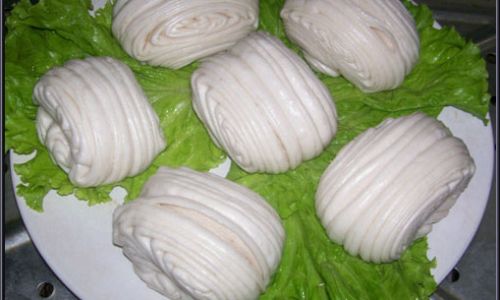
- Preparation: Same as above, but consider marinating briefly in a mixture of sake, mirin, and soy sauce for added flavor.
- Cold Water Setup: Place the abalone in a steamer basket over cold water in a covered pot.
- Heat Gradually: Bring the water to a simmer over medium heat, then reduce to low and steam for 15–20 minutes.
- Finish: Glaze with a sauce (e.g., oyster sauce and ginger) during the final 2 minutes.
Common Pitfalls and How to Avoid Them
- Overcooking: Set a timer and check for doneness by piercing the flesh with a paring knife—it should offer slight resistance without being tough.
- Under-Seasoning: Abalone’s mild flavor benefits from aromatics like ginger, garlic, and scallions. Add these to the steaming liquid.
- Texture Issues: For rubbery abalone, reduce cooking time. For mushy results, shorten the steaming duration next time.
Regional Variations and Cultural Preferences
- Japanese Cuisine: In chawanmushi (steamed egg custard), abalone is often added during the hot start to retain its shape.
- Korean Coastal Dishes: Jeonbok-juk (abalone porridge) uses the cold start to infuse the meat into the broth slowly.
- Mediterranean Twist: Some chefs in Spain and Italy pair abalone with saffron-infused steaming liquid, using the hot start to marry flavors quickly.
The Role of Equipment: Steamer Baskets vs. Electric Steamers
Traditional bamboo steamers distribute heat evenly, making them ideal for the cold start. Electric steamers with precise temperature controls (e.g., 212°F/100°C for hot start, 185°F/85°C for cold start) offer reproducibility for modernist chefs.
Conclusion: Which Method Reigns Supreme?
The debate between hot start and cold start steaming ultimately hinges on context. For purists seeking unparalleled tenderness and depth of flavor, the cold start emerges victorious. However, the hot start remains indispensable for busy kitchens or when a firmer texture is desired. Regardless of the method, the key lies in understanding the abalone’s unique biology and treating it with the reverence it deserves. Whether you’re a traditionalist or an innovator, mastering both techniques ensures that this oceanic treasure will always shine on your plate.
Final Tip: Experiment with both methods using identical abalone specimens to conduct your own taste test. Document variables like cooking time, seasoning, and serving temperature to refine your technique. After all, the best cooking method is the one that delights your palate.
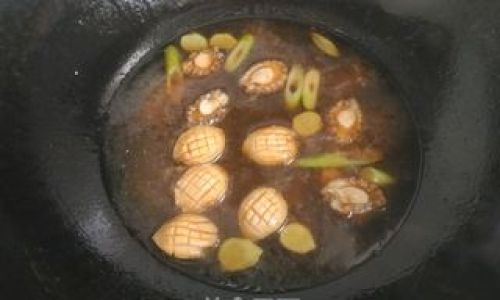
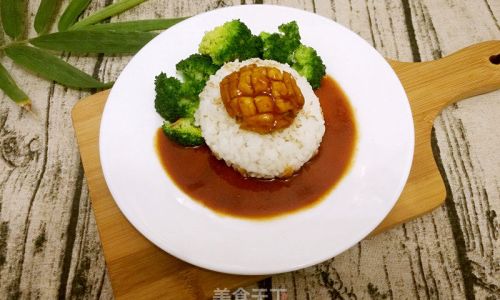

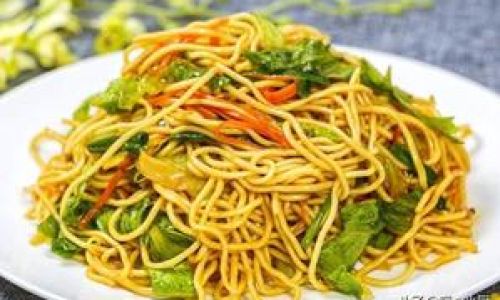

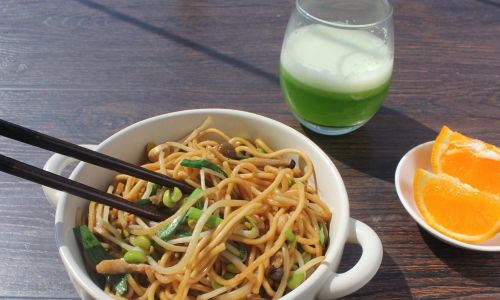
0 comments